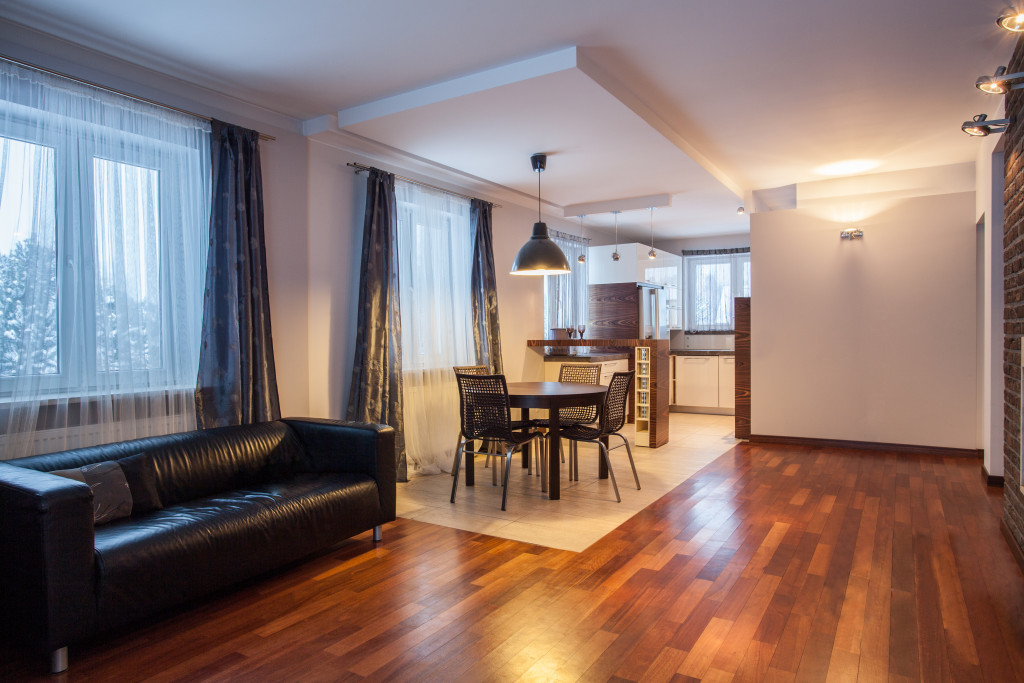- Understand your options when considering downsizing. Traditional retirement communities, smaller homes, and apartments.
- You need to plan for future needs. Consider the home type, amenities, costs, and belongings.
- You need to carefully inspect the property for common maintenance issues and safety features.
- You need to create a floor plan for your new space to determine furniture needs.
- Stay connected with friends, family, and community by joining local senior centers or clubs.
Retired seniors face a new set of challenges when they decide to downsize their homes. Whether it’s a choice made to simplify their lives or due to health concerns, moving to a smaller home can be both exciting and stressful.
As an expert in retirement living, I’ve helped countless seniors make this transition and understand that there’s no one-size-fits-all solution. However, there are a few key things every retired senior should know before they move into a smaller home. Keep reading to learn more.
Understand your options.
One of the first things you should do when considering downsizing is to explore your options. This includes everything from traditional retirement communities to smaller homes and apartments. Take the time to research and visit different neighborhoods to see what may be the best fit for you. You may also want to consider hiring a real estate professional who specializes in senior living to help guide you through the process.
Plan for your future needs.
Downsizing requires careful consideration of your future needs. There are a variety of options you might consider. Here are four essential questions that will help you plan:
What type of home do you envision for yourself?

Knowing what type of home you envision for yourself in the future will help you determine the best size and location. Consider factors such as access to medical services, proximity to family members, and any special features that make a particular home ideal for you.
What amenities are necessary?
Amenities such as storage space, safety features, and accessibility should all be taken into account when considering a smaller home. Be sure to research the various amenities offered and how they might impact your daily life.
How will you pay for it?
It’s essential to plan ahead and understand all of the costs associated with downsizing, such as moving expenses and possible renovations. Also, be sure to factor in ongoing costs such as taxes, maintenance fees, and utilities.
What will you do with your belongings?
Downsizing often means downsizing items and getting rid of possessions that may no longer be needed. Consider what to keep, donate, or possibly sell before the move.
By answering these essential questions, you can make sure you’re prepared for the transition to a smaller home.
Inspect your new home carefully.
Before you move into your new home, it’s essential to inspect the property carefully. Make sure that all of your needed amenities are present. For example, is there enough space for a medical lift or wheelchair ramp? Are there grab bars in the bathroom? Ensure all of these features are installed and functioning correctly before signing the lease or purchase agreement.
And don’t forget to check for common maintenance issues such as water damage, mold, and pest infestations. You might need to employ the help of professionals for some of these inspections to ensure you have a safe and comfortable home. For example, a drone roof leak inspection service provider can help you identify any potential issues with your roof. They’re a specialized company that uses drones to inspect roofs for potential problems such as water damage. This service can benefit homeowners who want to ensure their roof is in good condition before moving into a new home.
Create a floor plan.

Before you move, create a floor plan for your new space. This will help you determine what furniture you can take with you and what may need to be left behind. It will also give you a better understanding of how to arrange your new space. Consider investing in furniture designed specifically for smaller spaces or multi-purpose furniture, such as a sleeper sofa or storage ottoman.
Stay connected.
Moving to a new home can be isolating. It’s essential to stay connected to friends, family, and community. Look for senior living communities that offer a variety of social activities, or consider joining a local senior center or club. You may also want to consider volunteering in your new community to meet new people and get involved.
Downsizing your home as a retired senior can be both exciting and stressful. To make sure the transition goes smoothly, it’s essential to understand your options, plan for your future needs, inspect your new home carefully, create a floor plan that works with the available space, and stay connected socially. Considering these steps before moving to a smaller home, you can ensure that it will be an enjoyable experience for years to come.
